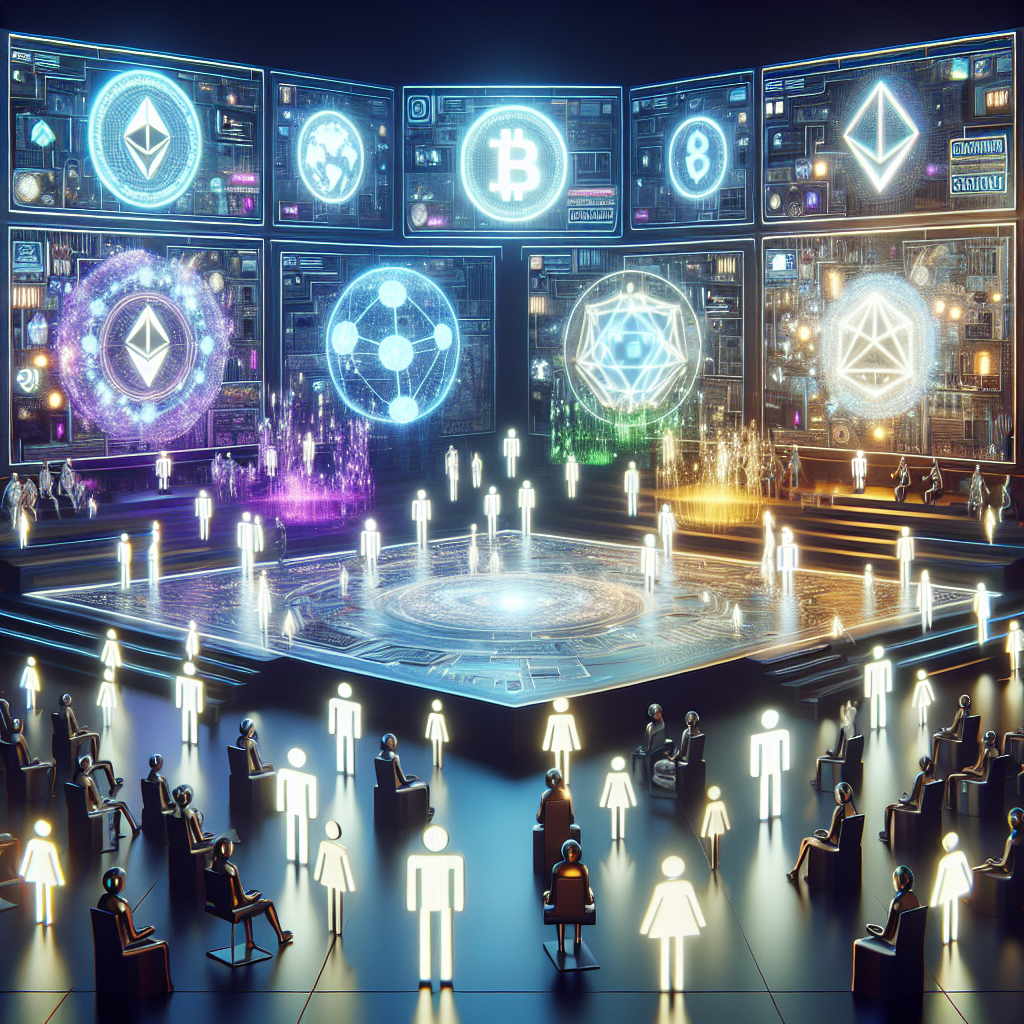Unleashing the Future: Web3 Games Transforming Digital Playgrounds
The Rise of Web3 Gaming: Revolutionizing the Digital Playground
\n\nWeb3 games are taking the world by storm, offering gamers new ways to engage and benefit from their digital exploits. By utilizing blockchain technology, these games promise true ownership, play-to-earn mechanics, and decentralized governance. Players not only enjoy a rich gaming experience, but they also become stakeholders of the virtual worlds they inhabit.
\n\nUnderstanding Blockchain's Role in Gaming
\n\nThe core of Web3 gaming lies in its utilization of blockchain technology. This decentralized ledger system allows games to offer unique features such as provable scarcity, transparent transactions, and communal governance. These features ensure that players have verifiable ownership of in-game assets and can trade them freely both inside and outside the game environment.
\n\nFor more details on how blockchain is transforming gaming, check out this insightful article on CoinDesk.
\n\nThe Play-to-Earn Paradigm
\n\nTraditional games have often been criticized for their closed economies, where players spend hundreds of hours but receive limited real-world benefits. However, the play-to-earn model flips this script. Players earn rewards, often in the form of cryptocurrencies or non-fungible tokens (NFTs), which can be sold or traded on various marketplaces. This model not only incentivizes gameplay but also democratizes access to financial opportunities within gaming.
\n\nTo dive deeper into the play-to-earn revolution, visit Decrypt.
\n\nInvestment and Community Dynamics
\n\nThe growth of Web3 gaming has attracted significant investment from both venture capital firms and established tech companies. This influx of capital is driving innovation, leading to increasingly sophisticated games and gaming ecosystems. Moreover, the participatory nature of these games fosters strong community dynamics. Players often collaborate not just as members of a game, but as co-creators and decision-makers, leading to vibrant and engaged communities.
\n\nExplore the financial and community impact of Web3 games in this comprehensive report by The Block.
\n\nChallenges and the Path Forward
\n\nDespite its promising potential, the Web3 gaming sector faces several hurdles. Scalability remains a significant issue, with many blockchains struggling to handle the immense amount of transactions generated by games. Furthermore, the onboarding process can be daunting for those unfamiliar with blockchain technology.
\n\nAddressing Scalability and Adoption
\n\nDevelopers are actively working on solutions to enhance scalability, such as layer-2 solutions and alternative blockchain networks. These innovations strive to maintain the decentralized ethos of Web3 while offering the speed and efficiency necessary for a seamless gaming experience. Meanwhile, user-friendly interfaces and educational content are key to welcoming new players into the space.
\n\nFor an overview of solutions in development to tackle these challenges, see the analysis on Crypto Briefing.
\n\nThe Future of Web3 Gaming
\n\nThe potential of Web3 gaming is immense. As technology improves and barriers to entry decrease, we can expect even greater player engagement and more innovative gaming experiences. By integrating metaverse concepts, cross-game economies, and real-world integrations, Web3 games are poised to redefine entertainment in the digital age.
\n\nFor a visionary outlook on the future of Web3 gaming, check out this article on VentureBeat.
